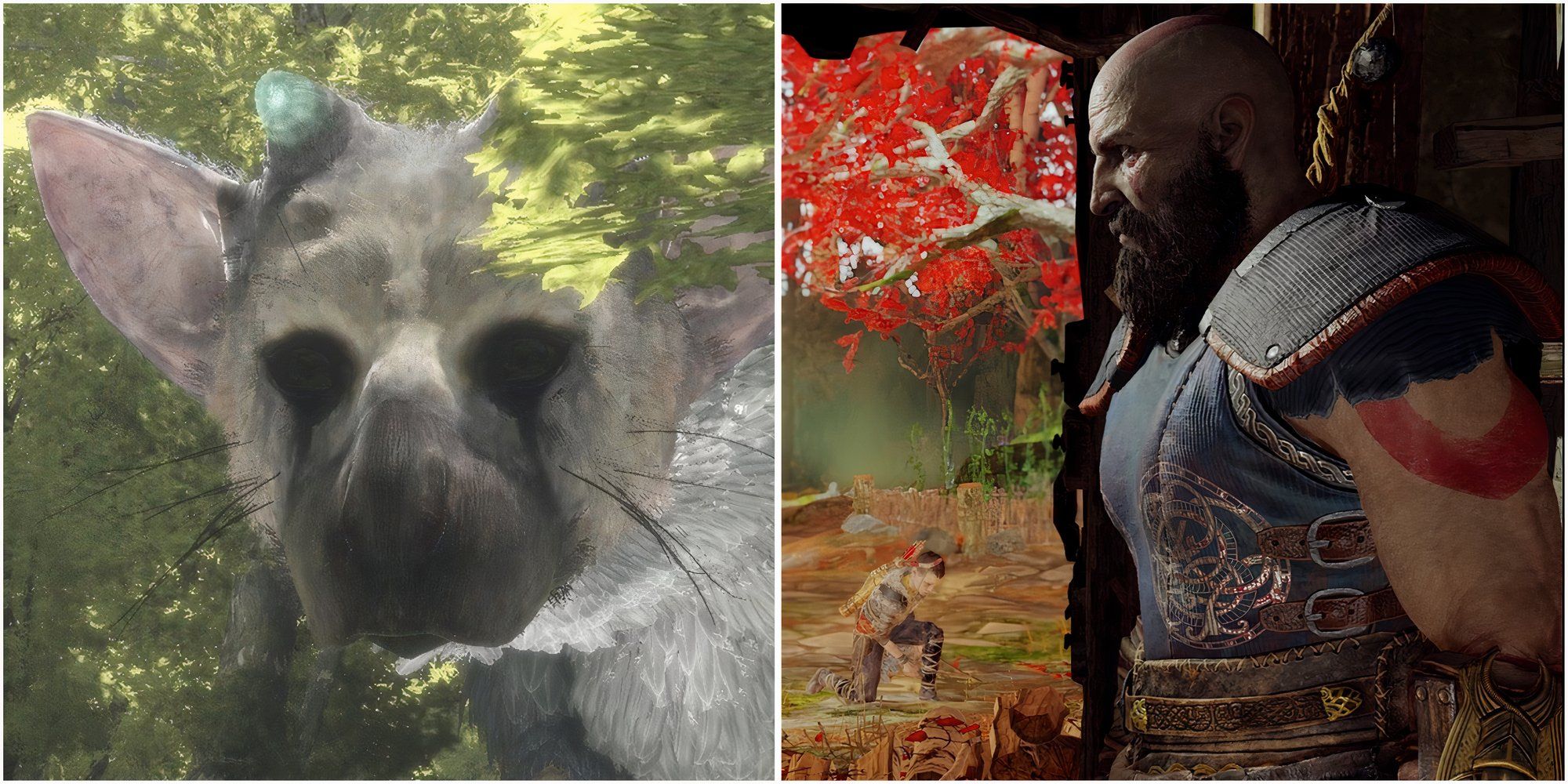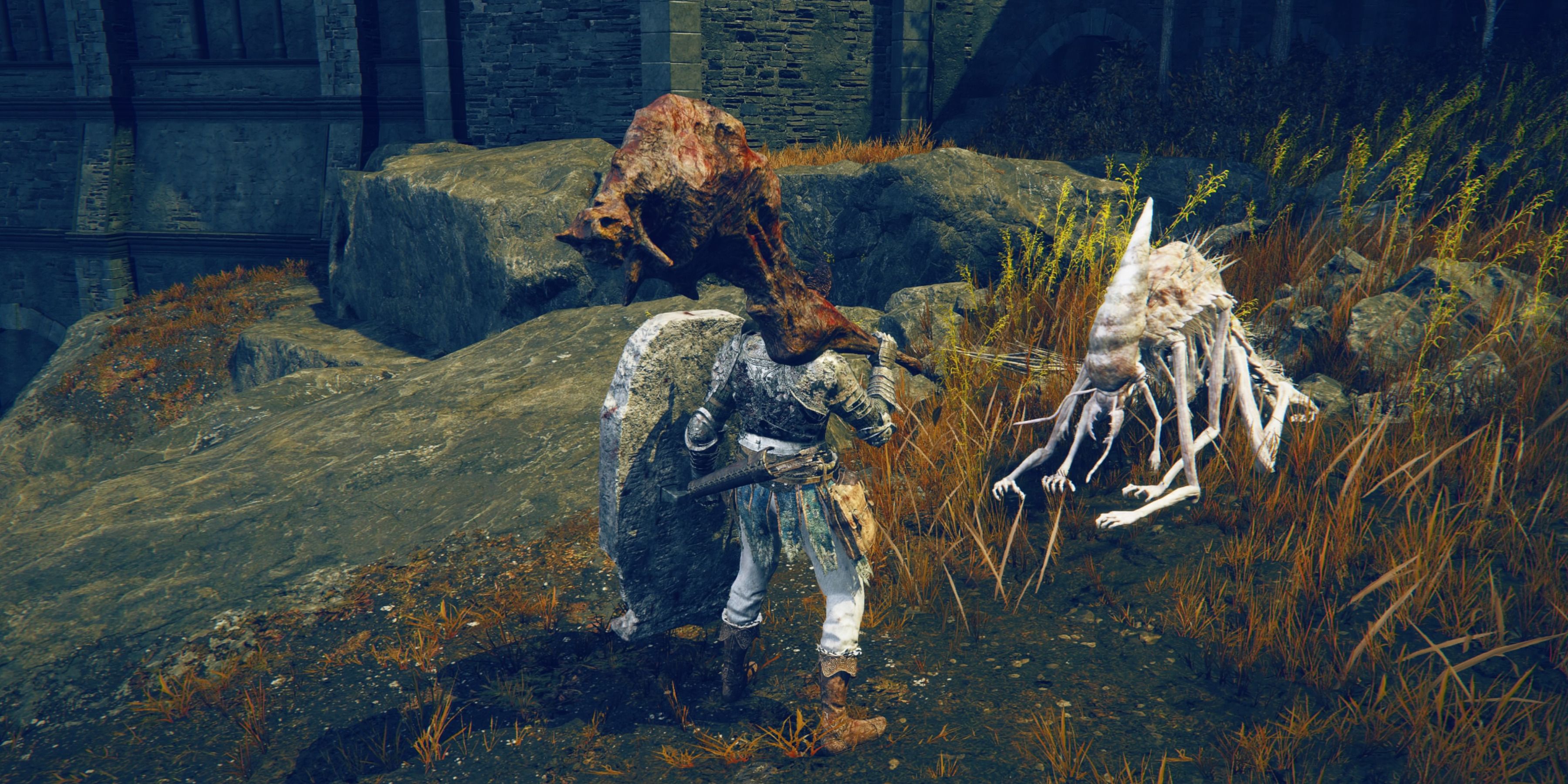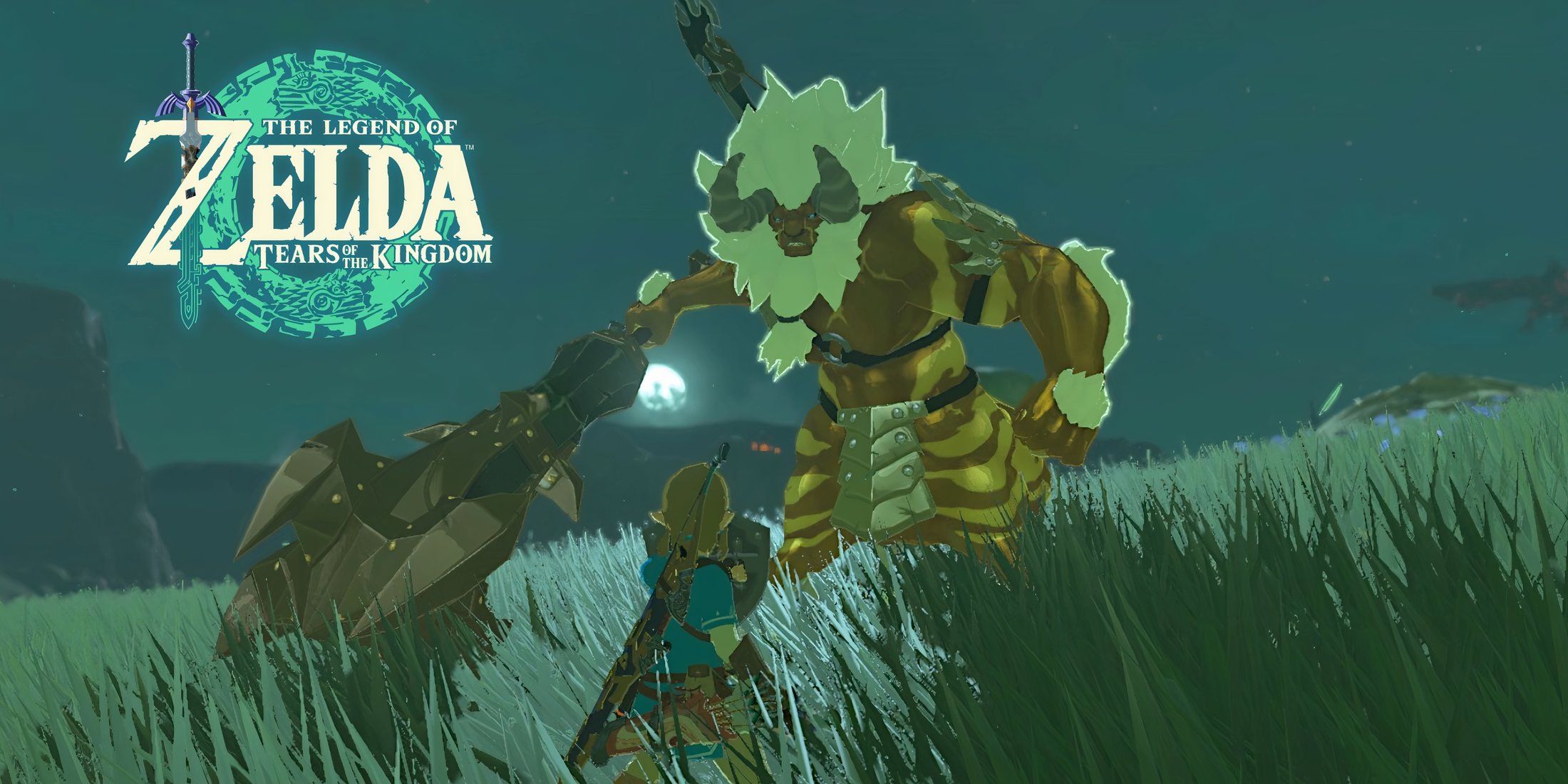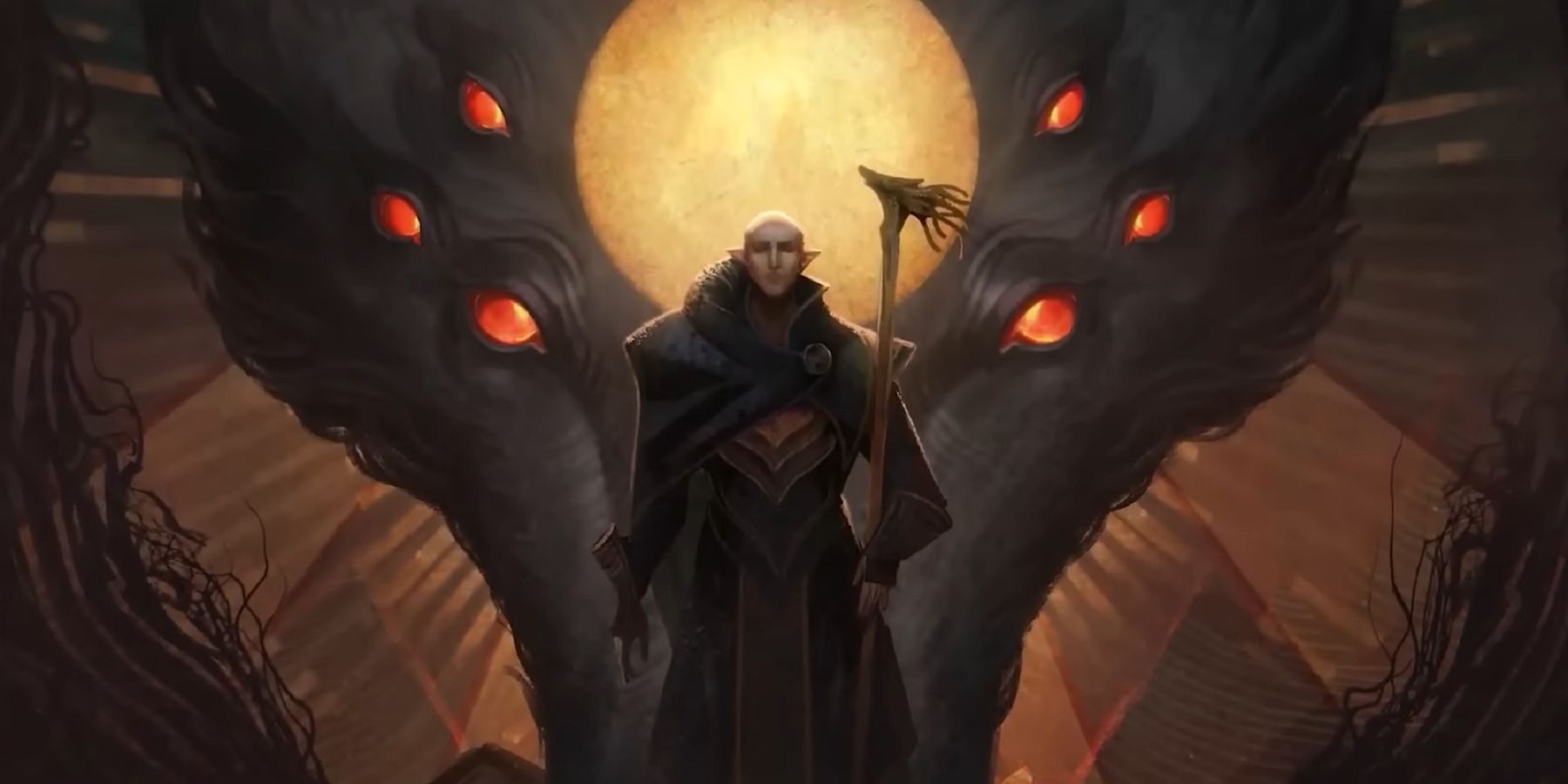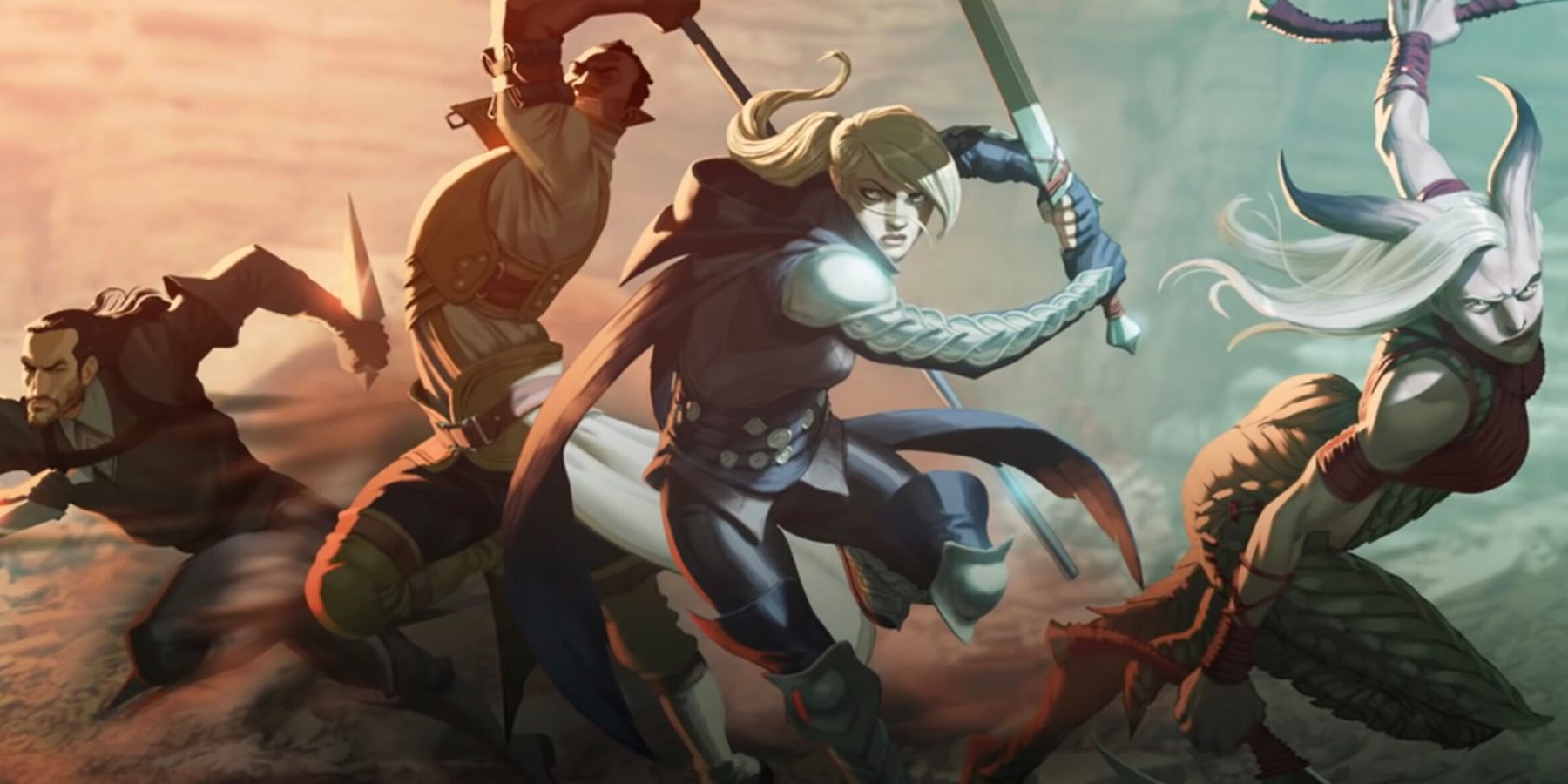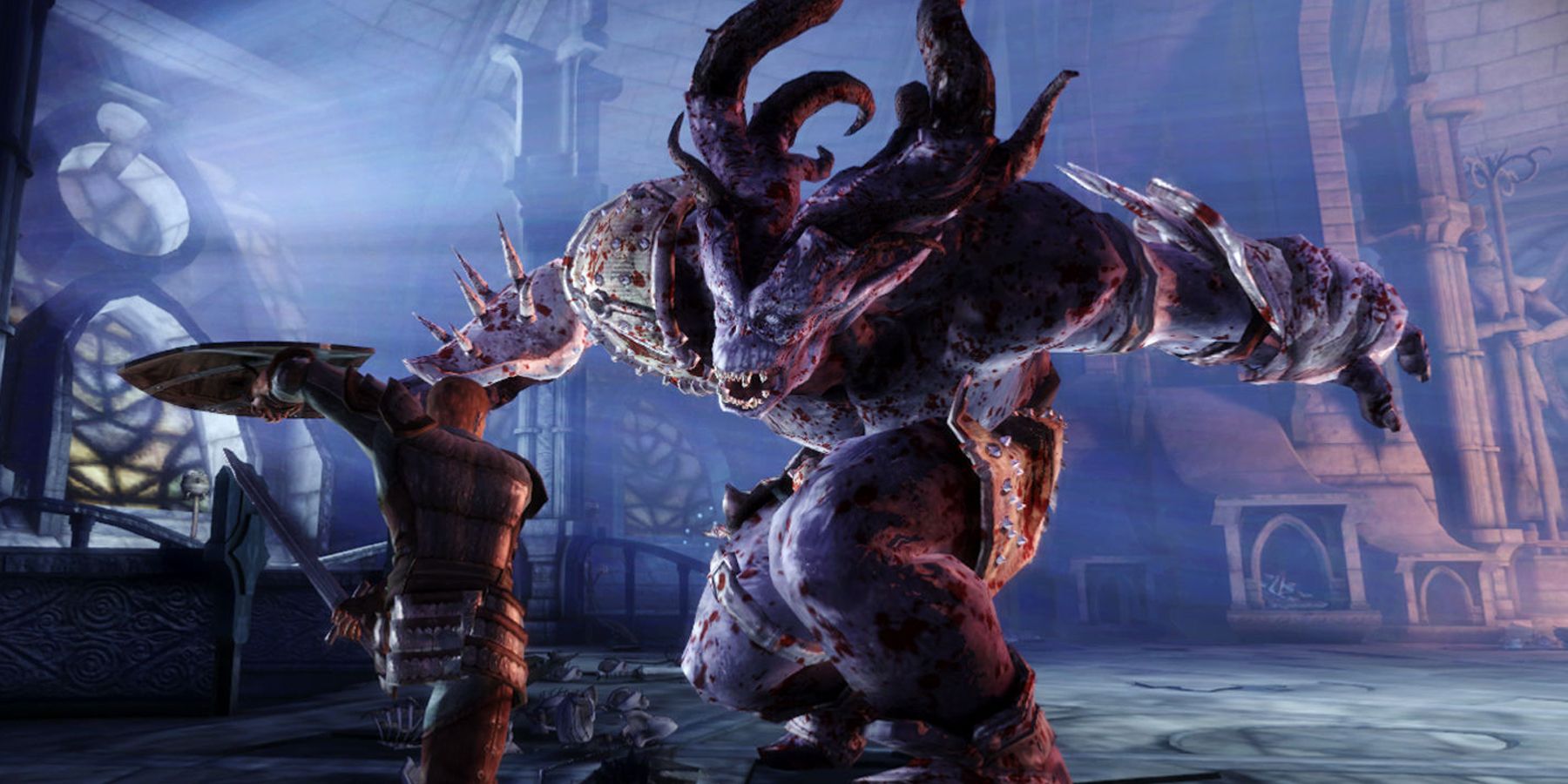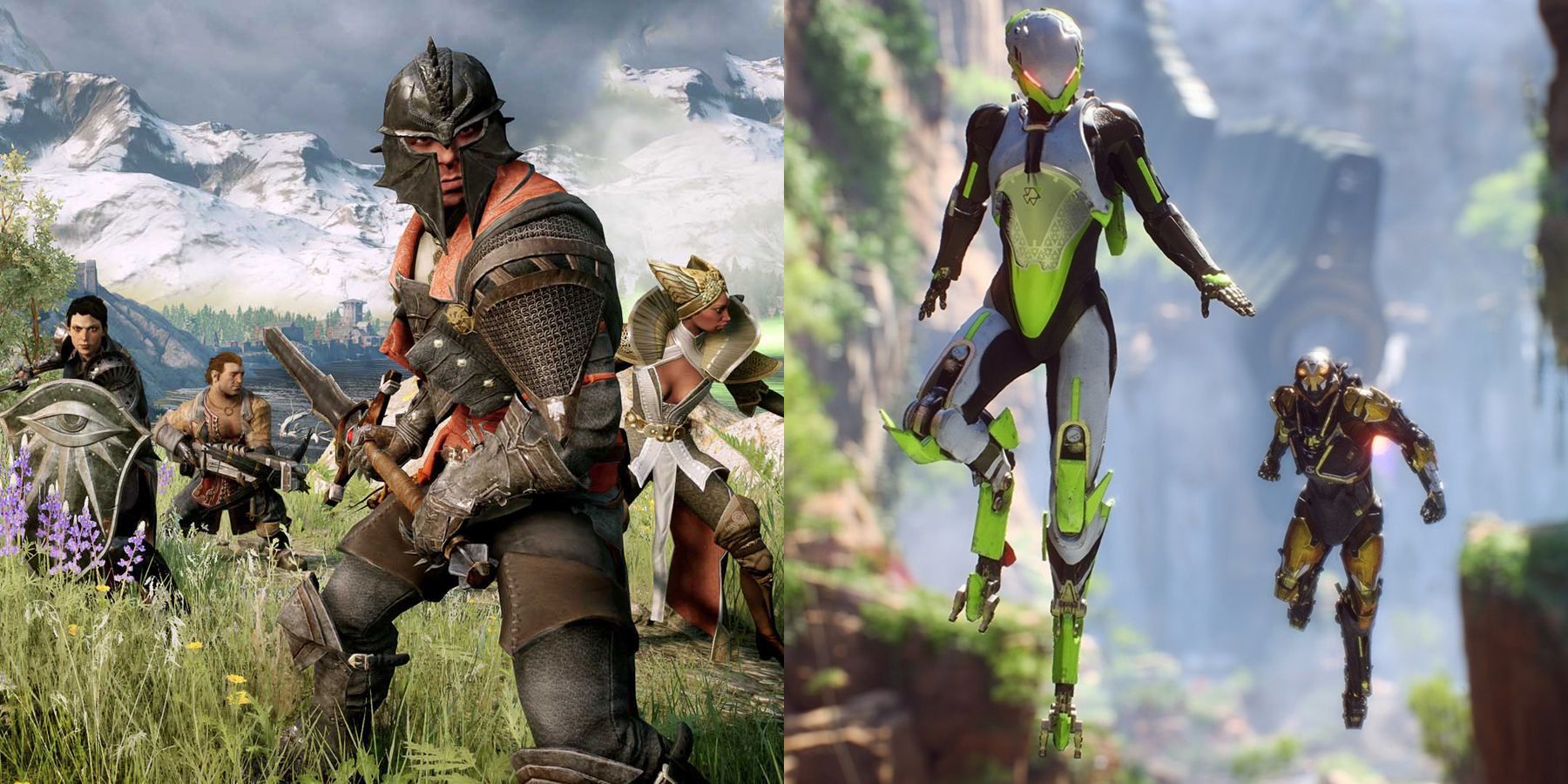Dragon Age fans have been waiting for the next game in the series since it was teased at the end of Dragon Age: Inquisition’s Trespasser DLC. While BioWare has been relatively open about Dragon Age: Dreadwolf’s development, fans still haven’t seen much of the game. However, recently leaked footage from the game’s alpha gave a first look at the upcoming Dragon Age: Dreadwolf.
Though leaks should be taken with a grain of salt, Dreadwolf’s leaked footage was controversial as it seems Dreadwolf will have more in common with modern action games than the series’ CRPG roots. Specifically, the leak claims that Dragon Age: Dreadwolf’s gameplay was inspired by 2018’s God of War. While many people enjoyed the new God of War games, this speaks to BioWare’s ongoing problem with chasing trends instead of creating its own identity.
Dragon Age Dreadwolf's Gameplay Leak
Reddit user Revanchisto made a post on February 4 claiming that a playtester showed them some early alpha footage from Dragon Age: Dreadwolf. While some fans were skeptical, Revanchisto linked to a gif and screenshots. They were all from the same level, depicting an Elven Knight battling Darkspawn in the Grey Warden Fortress of Weisshaupt. The links were later removed, but these images and videos offered Dragon Age fans a glimpse of what BioWare may be working on.
The lengthy Reddit post offered a lot of information about Dragon Age: Dreadwolf’s alpha that mark a significant departure from previous games. This includes the introduction of special moves and combo attacks, as well as BioWare removing the ability for players to take control of their party members directly. Revanchisto also mentioned that the game was heavily influenced by God of War (2018), with UI elements from Dragon Age: Inquisition and Final Fantasy 15. While the Final Fantasy 15 comparison is not new, Dreadwolf reportedly wears its God of War influences on its sleeves.
The Dragon Age Series' Identity Problem
Originally founded as a company that developed medical training software, BioWare saw its big break during the CRPG boom of the 1990s and early 2000s. Its popular titles from the era include the Dungeons & Dragons-based games Baldur’s Gate, Baldur’s Gate2, and Neverwinter Nights, as well as the legendary Star Wars:Knights of the Old Republic. These helped establish BioWare as a narrative-focused developer focused on branching storylines.
While BioWare would release Mass Effect in 2007, 2009’s Dragon: Age Origins was a direct continuation of the studio’s CRPG legacy. However, Dragon Age's identity has always been a bit more fluid. While Origins was a fairly typical CRPG in the BioWare style, Dragon Age 2 and Inquisition were significantly more action-focused. One could even argue that both games attempted to find a compromise between modern action and the more heavily stat-driven gameplay of a CRPG.
Gameplay is not the only area where Dragon Age lacks a strong brand identity. The art style, tone, and story structures change from game to game. Origins’ Hero of Ferelden is nearly a blank slate, while Hawke is closer to Commander Shepard in terms of role-playing. All three games featured different approaches to dialogue, quest structure, and basic mechanics, meaning one could argue that each game is a functionally separate entity.
BioWare’s Pattern of Trend Chasing
Dragon Age’s lack of a clear identity is a problem, but that’s only part of the larger issue. The fundamental problem is how it enables BioWare’s habit of trend-chasing. BioWare never intentionally positioned Dragon Age: Inquisition as a direct competitor to The Elder Scrolls:Skyrim, in fact members of the development team even tried to distance the two games. Nevertheless, EA and BioWare did confirm Skyrim had a massive influence on Inquisition, including the latter’s semi-open world. While Dragon Age: Inquisition was by no means a bad game, its sandbox maps were the weakest part.
The fundamental problem with Dragon Age: Inquisition’s open world seemed to be that BioWare didn’t know what to do with it. Developers populated beautiful landscapes with overly similar encounters, and while the game features 10 properly open zones, players can complete the main story having only ever visited three. Meanwhile, most important story moments take place in unique areas that the player can only visit once.
BioWare’s trend-chasing continued with Anthem. While development technically began in 2012, Anthem didn’t enter full production until the last 18 months following radical changes in vision. This included borrowing elements from Destiny, which lead producer Michael Gamble acknowledged in a March 2019 interview. It was never intended to be a looter-shooter, and Anthem’s titular Anthem of Creation is similar to the Spark from Destiny. It would not necessarily be fair to call Anthem a Destiny clone, especially considering the former’s flying mechanics, but emulating the success of Destiny was clearly a part of Anthem’s design philosophy later in development.
Dragon Age: Inquisition and Anthem had development problems separate from BioWare chasing trends. However, both games saw the company move outside its comfort zone to capitalize on whatever was popular at the time. Neither attempt was successful, and only weakened the brand by inviting comparison to other franchises.
BioWare still seems to be chasing trends, reportedly basing Dreadwolf’s combat on the recent God of War games. Not only is this a radical departure from previous Dragon Age titles, it’s questionable whether Dreadwolf can beat God of War Ragnarok at its own game. Even if it does, Dragon Age still deserves more of an identity than “BioWare’s God of War.”
Dragon Age: Dreadwolf is currently in development.

